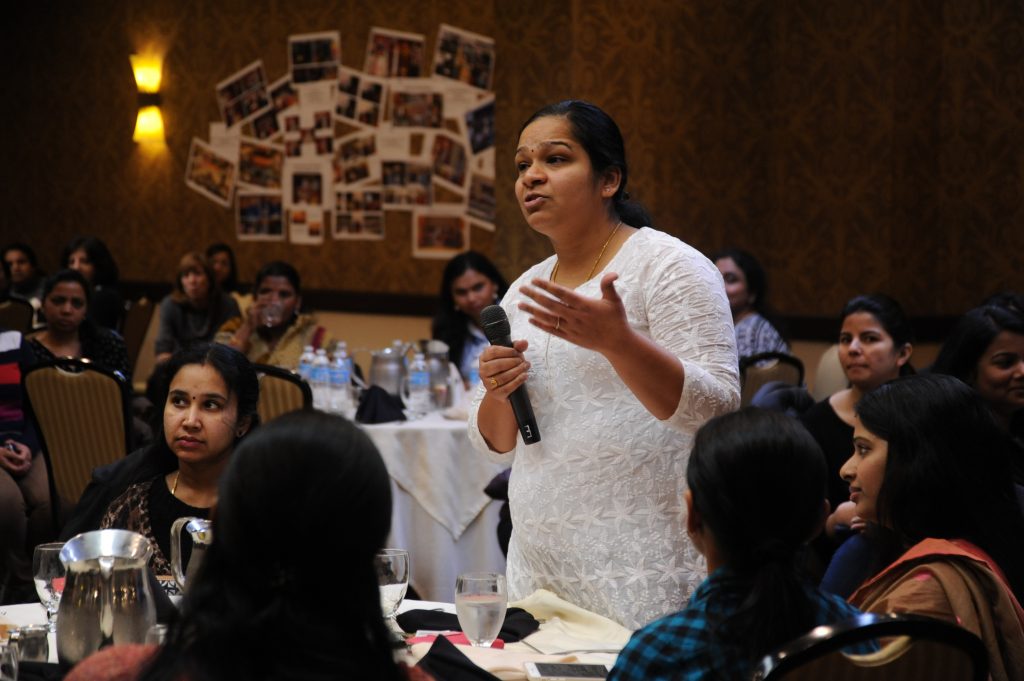There are different types of Communication. For convenience, we divide it into various types on different bases.
Types of Communication on the Basis of Status
On the basis of its status, we can divide it into Formal and Informal types of communication.

Formal Communication
Formal communication is one of the types of communication which relates to the formal organizational arrangement, and the official status of the sender and the receiver. Thus it moves through the formal channels of authoritatively accepted positions in the organizational chart. Moreover, formal communication is mostly in black and white/written form.
We can define the formal communication as, “A presentation or written piece that strictly adheres to rules, conventions, and ceremony, and is free of colloquial expressions.” Another definition is that “formal communication is a communication that has some official sanctions behind it.”
This implies that the flow of information is according to the set structure and rules of the organization. Therefore, all the employees communicate with each other through the formal channels only. Thus, it is a purposeful effort to influence the flow of communication so as to guarantee that information flows quickly, easily and timely.
Additionally, it emphasizes the essence of formal channel of communication. Thus the different forms of formal communication include; departmental meetings, conferences, telephone calls, company news bulletins, special interviews, and special purpose publications.
Formal communication has its own benefits. The officially designed and approved channels facilitates the flow of routine information with less effort. Consequently, it is easy for the managers to save their time and energy for other organizational tasks.
But at the same time, the weakness of formal communication is also worth attention. Communication through channel of command greatly obstructs free and smooth flow of information. It is, generally, slow, and tiring which ultimately, becomes less productive.
Informal Communication
It is “a communication that has no official sanctions behind it.”
Informal communication is a unofficial exchange of letter or memo that does not conform to all the rules of formal communication. Thus, it’s like saying “hey” instead of hello. Moreover, it is like writing to your friend and talking about personal things. To conclude, these are things you would never do in a business letter which is always formal.
Types of Communication on the Basis of Content
Additionally, we can determine various types of communication on the basis of its content. They are Verbal Communication and Non-verbal Communication.
Verbal Communication
It is the type of communication in which we use words (Written or Spoken) to convey the message and meaning. Examples of verbal communication are letters, memos, face to face meeting, video conferencing etc.
We can, further, divide the Verbal Communication into Written Communication and Oral or Spoken Communication. When we convey out message in a written form, we call it written communication. Likewise, when we speak the words to convey our idea, we call it Oral or Spoken communication.
Non-Verbal Communication
It is the type of communication which takes place without words. In other words, we do not use word while we convey our message. As a result, we convey the message through appearance, facial expressions, symbols, gestures etc. Examples of non-verbal communication are the traffic police controlling the traffic, flags, gestures made with hands or eyes, the traffic signals etc.

Types of Communication on the Basis of Domain
Likewise, another classification of communication is the basis of the domain of the message. On this basis we divide it into Internal Communication and External Communication.
External Communication
It is the communication that takes place among the agents of different organizations. For example, the director of CUI, communicating with the Vice Chancellor of Education University, and vice versa.
Internal Communication
It is the communication that takes place among the agents of the same organization. For example, the directors communicating with his/her lower staff, and vice versa. Similarly, we can subdivide Internal communication into:
Downward Communication
It is the flow of information from top to bottom. In other words when an employee of higher position shares information with one of a lower position, we call it downward communication. Organizational decisions take place at the top level, and then flow down to the people who carry them. When employees receive proper downward communication form the top management, they become motivated and efficient. They need clear job directions, safety rules, facts about organizational strategy, products, and viewpoints on important issues. All such information is communicated to them through memos, office letters, policy guides etc, which are the main tools of downward communication.
Upward Communication
It is the flow of information form bottom to the top. In other words it is the information that travels from the lower to the upper positions. Accordingly, to solve problems and make intelligent decisions, managers need to know about what is going on in the organization. Hence, this communication takes place through requests, reply to an inquiry letter, reports and applications etc.
Horizontal Communication
It is the type of communication that takes placed among peers and colleagues. They exchange and share their skills and experiences in order to solve problems, perform job duties, prepare for meetings, and cooperate on important projects. So, you can imagine that people spend time on listening to and making requests to the peers and colleagues, writing notes, and discussing and writing about projects with the help of co-workers. All this takes place through horizontal communication.
Grapevine
Grapevine is the automatic and informal flow of information through the organization. It is the quickest and fastest way of information travel without any cost.This type of information travels through rumours and hearsay.
It is one of the biggest tools of the managers and executives to feel the pulse of the organization. They use it as a feeler in order to foresee the implications of some drastic decisions they intend to take in the near future. Hence, if people resist against that decision, they think, they will have to take back the decision. As a result, the reputation of the managers and the organization is damaged. Similarly, if there is no or little reaction, they take the step and apply the decision made.
The knowledge, skill, and expertise in the various types of communication is vital for a professional to excel in their professional career. Without good communication skills, an employee cannot display their excellent capabilities. Consequently, all their creativity, entrepreneurial tendencies, and all the novelty of attitude gets zero credit, if they do not have good command of communication skill. Thus, Communication Skills is the the fastest and the most reliable tool towards success in your career.
Our Social Presence
Relevant Post:
• Communication and Its Importance in Organizational Setting





This topic helped me measure my worth in communicating skills in a formal and informal manner. Moreover the topic also helped me identify types of communication used by people in daily life.
Communication is like a vast sea and these types helped me to swim safely through this sea.
Knowing these types and using them are two different thing and until I learn how to use them properly, I can’t communicate properly either. So, I guess I should practice it otherwise all your hardwork will go to waste and I am grateful sir. At first I didn’t even knew what this subject will be about or will it be interesting? And now I really started to enjoy it.
Nice topic sir before this I didn’t know about these types of communication but know this topic helped me a lot and also gained knowledge about communication
Nice topic sir before this topic I didn’t know about these types of communication but know I gained a lot of knowledge from this topic
this topic helped me a lot to understand the different categories of communication skills and usage in daily life.
Today we discussed types of communication like formal and non-formal, and its other types that must necessary for communication with others. I think that it would Groomed our Personality and increase our confidence level for communication with anyone.
In today’s lecture” types of communication ” I clearly understood the concept of communication and it’s types with suitable examples that are sufficient for my insight,all examples that are conveyed during lecture really helpful for me to clearly understanding the essential idea.
From the entire point I understood that most significant component that is required for the communication is message because without it we can’t start discussion or pass any type of data. My comment is also a types of verbal and internal domain communication in written form which is the most common form of communication being used in business and in our case it has advantage for me that I can edit or revised it many time before it is actually sent, and in case of receiver(mean sir) it enable you to fully understand it and send appropriate feedback. That is what I learnt from entire topic.
Thank you.
In this topic I come to know about different types of communication and also how to communicate with other’s according to these types.
I want to congratulate you for Types of Communication article.
Kisses for everyone visiting this website!